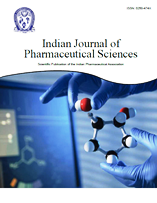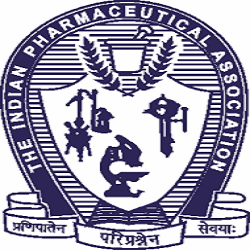Abstract
Optimization of Liposomes Encapsulated with Ursolic Acid Using Response Surface Method
Department of Pharmacy, School of Science, Kathmandu University, Dhulikhel, Kavre, 1Nepal Academy of Science and Technology (NAST), Khumaltar, Lalitpur, 2Central Department of Chemistry, Tribhuvan University, Kirtipur, Kathmandu, Nepal
Correspondence Address:
Panna Thapa, Department of Pharmacy, School of Science, Kathmandu University, Dhulikhel, Kavre, Nepal, E-mail: pannathapa@ku.edu.np
This work is focused on the development and optimization of ursolic acid liposomes to overcome the solubility issue of ursolic acid using a response surface diagram. Ursolic acid-loaded liposomes were prepared by the thin-film hydration technique. The effect of two independent factors, the soya lecithin to cholesterol ratio and lipid to drug ratio are the characteristics of liposomes. Two responses, entrapment efficiency and particle size of formulated liposomes were examined. A quadratic polynomial model equation was generated to predict the relationship between independent factors and the responses where a positive correlation was found for both cholesterol and soya lecithin towards entrapment efficiency and particle size. The analysis of results from thirteen different formulations of liposomes showed zeta potential, an encapsulation efficiency, and a particle size of (-44.4±0.03 to -93.8±0.08) mV, (58.520±0.50 to 82.360±0.03) % and (48.2±0.1 to 6034±0.03) μm, respectively. Moreover, the optimized formulation was able to exhibit the desirability functional value of 1 with the highest entrapment efficiency % of 84.37 %.
Full-Text | PDF



